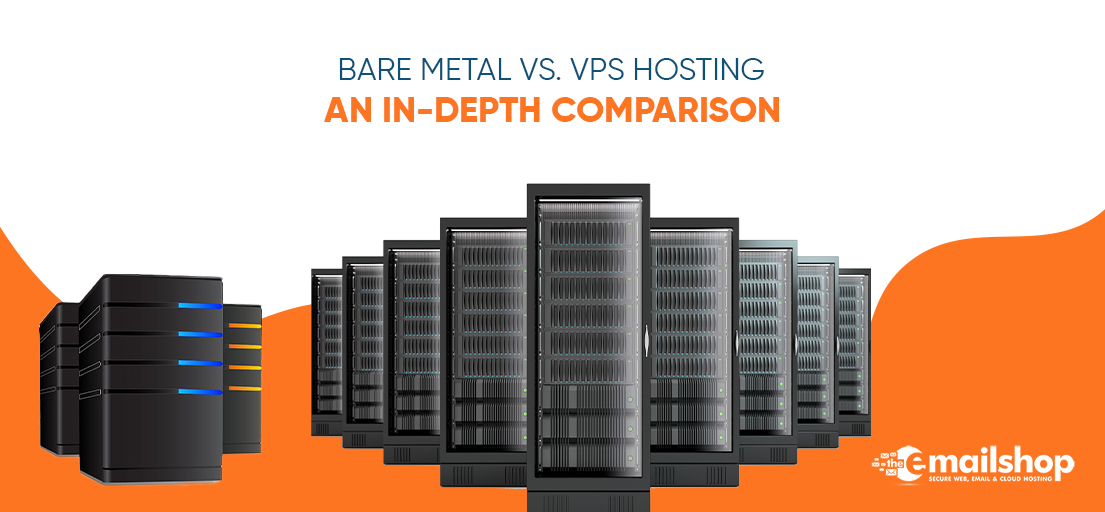What Does It Mean to Utilize Bandwidth?
Before we can go on to discuss how to monitor bandwidth, it is essential that we first understand why it is necessary to monitor bandwidth. Because bandwidth is a measurement of the pace at which data is transported across the internet on your network, it is measured at a rate of data units per second. More specifically, bandwidth is often measured in megabits per second, abbreviated as Mbps.
Because the bandwidth of your internet connection is dependent on the devices and settings of your network, the theoretical bandwidth that is claimed by your internet service provider is probably not going to be attained by a network that is really operational. Because the bandwidth requirements of each network are different, there is no universal standard for determining what constitutes “good” or “poor” bandwidth. For instance, a user on a smaller network may require more bandwidth to stream video conversations than a person on a larger network that has fibre optic connections. This is because the smaller network has a lower capacity.
Having insufficient bandwidth might cause a number of problems for your company. Downtime is perhaps the most noticeable repercussion; for example, if your internet connection is poor, downtime may cause delays in client-facing apps, which in turn can slow down your company’s operations and restrict your ability to provide customer assistance. Clients that experience outages will almost immediately become dissatisfied, and server-end activities will become less efficient. The long-term consequences of downtime may be far more damaging to a business than the short-term consequences. If your response times are regularly poor, your brand quality may suffer, and customers may come to see your firm as one that is annoying and unreliable.
In terms of hosting, what exactly is bandwidth?
There are a lot of hosting providers that provide bandwidth in their packages for a set price. In order to evaluate how well the bandwidth is being used, you must first comprehend the requirements and the general idea. The amount of data that can be moved between a website, its users, and the servers of that website is referred to as its bandwidth. It refers to the amount of data that may be sent between a user’s computer and the server of a website. Bandwidths are typically expressed in megabytes per second (MB/s) or gigabytes per second (GB/s) (Gigabytes per Second). Bandwidth use is often included in the cost of monthly hosting packages. Therefore, a service provider may, for example, make available 1 GB of bandwidth each month or 5 GB of bandwidth each month. Bandwidth may be thought of as a road that you are traveling on; you have the option of going on a good, big highway or selecting a path that is smaller. The ability of a road to manage traffic is increased when it is wider rather than when it is narrower. As a result, your speed increases in proportion to the width of the road. Because of this, you might think of bandwidth as a capacity (not a speed). Because of this, an increase in the bandwidth will result in an increase in the data-carrying capacity, which in turn will result in an increase in the amount of data that is transported. Therefore, the amount of data that can be carried is more important than the speed.
The breadth of the bandwidth is what defines the greatest quantity of data that can be sent from one location to another within a certain length of time. This maximum amount of data is called the throughput. Not to be confused with data transfer, which refers to the total quantity of data that is sent in a certain length of time (which is usually measured in a month).
What is meant by the term “bandwidth” in relation to websites?
The greatest amount of data that can be transported from one location to another during a certain period of time, often measured in seconds, is referred to as a website’s bandwidth. Because of this, bandwidth is often represented in terms of the number of megabytes or gigabytes “per second.” The more the MBPS, the greater the amount of data that can be transferred and received simultaneously. If we look at bandwidth as the circumference of a water pipe, then data transmission can be thought of as the volume of water that is moving through the pipe at any one moment. The water’s velocity is proportional to the width of the pipe it travels through. If you make use of a larger bandwidth, you will be able to carry a greater amount of data. So, as we’ve already talked about, bandwidth is basically the amount of data that can be sent at one time.
When you are thinking about the bandwidth of your website, you need to think about both your website and the visitors to your website. If you don’t give your website enough bandwidth, the speed at which users can talk to your server will slow down in direct proportion to how many people visit your site.
When selecting a hosting service, it is essential to do a calculation to determine how much bandwidth is required for your website. If your website is constructed with a limited number of scripts or if it does not include an excessive quantity of videos, photos, or downloads, then you have the option of selecting a lower bandwidth. Your website’s bandwidth will expand in proportion to its size and the number of services it offers. Many of your clients or visitors won’t be able to access your website if your hosting plan does not include a sufficient amount of bandwidth, which will cause you to miss out on important traffic.
How Can You Determine How Much Bandwidth You Really Need?
Calculating the required bandwidth requirements is not essential for novices who do not yet have a significant number of visitors. The majority of basic hosting plans may accommodate your requirements until your client base or viewership increases significantly. However, if you have already hit the limit on your current hosting plan and are seeking to upgrade or transfer to a different hosting provider, it is imperative that you determine the amount of bandwidth that you will need for your website. Before you settle on a choice, there are a few factors that you need to take into consideration:
- Monthly Visitors: Calculate the total number of people who visit your website monthly. If you use Google Analytics or WordPress, it shouldn’t be too hard to find the information you need.
- Page views: How many pages does the typical visitor to your website look at during their time there?
- Website size: The dimensions of a web page. You may determine the size of the web pages on your website by using an internet tool such as GTMetrix or Pingdom. Both of these tools are available online. In order to ensure that your estimate is as precise as it can possibly be, check as many pages as you possibly can.
Multiplying your monthly visits by the average page views and the average web page size is all that is required to determine your website’s bandwidth use. This can be done by using a simple calculation.
Your bandwidth requirements may be calculated as follows: average monthly visits multiplied by average pageviews multiplied by average web page size
You should ideally choose a hosting package that provides at least 50% more bandwidth than you currently require. This provides you with a great deal more wiggle room to add material to your website and the capacity to manage spikes in traffic as your audience expands or as a result of seasonal events or promotions that you conduct.
How to Determine How Much Bandwidth a Website Is Using?
A lot of hosting companies will provide you access to a section where you can see how much bandwidth you’ve used over a certain length of time. Therefore, if your web hosting plan comes with a limited quantity of bandwidth, you may make use of the information to ensure that you don’t go over your allotted amount of bandwidth. If you are using cPanel, which is a control panel for web hosting, for instance, you may find the information you need on your bandwidth on the dashboard, to the left, under the heading “monthly bandwidth transfer.”
Taking the aforementioned information into consideration, how do you intend to determine the website bandwidth that is suitable for your needs? In each of our hosting plans, we provide what is known as “unmetered bandwidth.” This service is provided by HostGator. This simply indicates that you are selecting a service that enables unmetered traffic for your internet connection. There is no correlation between the quantity of monthly data use and the price of the plan. You have a solution that is both cost-effective and efficient to manage huge surges in traffic. As the number of people that visit your website increases, it will be able to accommodate your requirements for scalability and updates.
Websites that make use of metered bandwidth are subject to high costs in the event that their visitor volume exceeds the allotted limit for that bandwidth. In the event that there is an increase in traffic during peak hours or particular days, unmetered bandwidth will even out the data usage to ensure that it remains within the predetermined limits. This will prevent resources from being cut off or higher fees from being charged for the increased traffic. For additional information, please have a look at our hosting options, which include VPS Hosting, Cloud Hosting, and Shared Hosting.
What are the factors that contribute to bandwidth usage?
The first thing you need to do when monitoring bandwidth is figure out where the bottlenecks are coming from. There are certain devices and online apps that are more prone than others to using an excessive amount of bandwidth and causing performance difficulties for your company’s network. When it comes to processing enormous volumes of data in a timely manner, high-bandwidth services, particularly those that function through numerous interfaces, place a great demand on their users.
Streaming video services, such as Zoom and other video conferencing platforms, are the traditional offenders when it comes to the usage of bandwidth. Some file-sharing services with high bandwidth, such as Dropbox, have the ability to reduce their bandwidth use by slowing down in order to handle poor network capacity. On the other hand, the speed of a video that is being streamed cannot decrease since the purpose of streaming is to provide the data as rapidly as possible, without any pauses or freezes. Streaming media, which needs a steady and instant flow of data traffic, could cause problems with the way your other network devices work.
For Discount and Offers, Visit our Official Twitter Page









